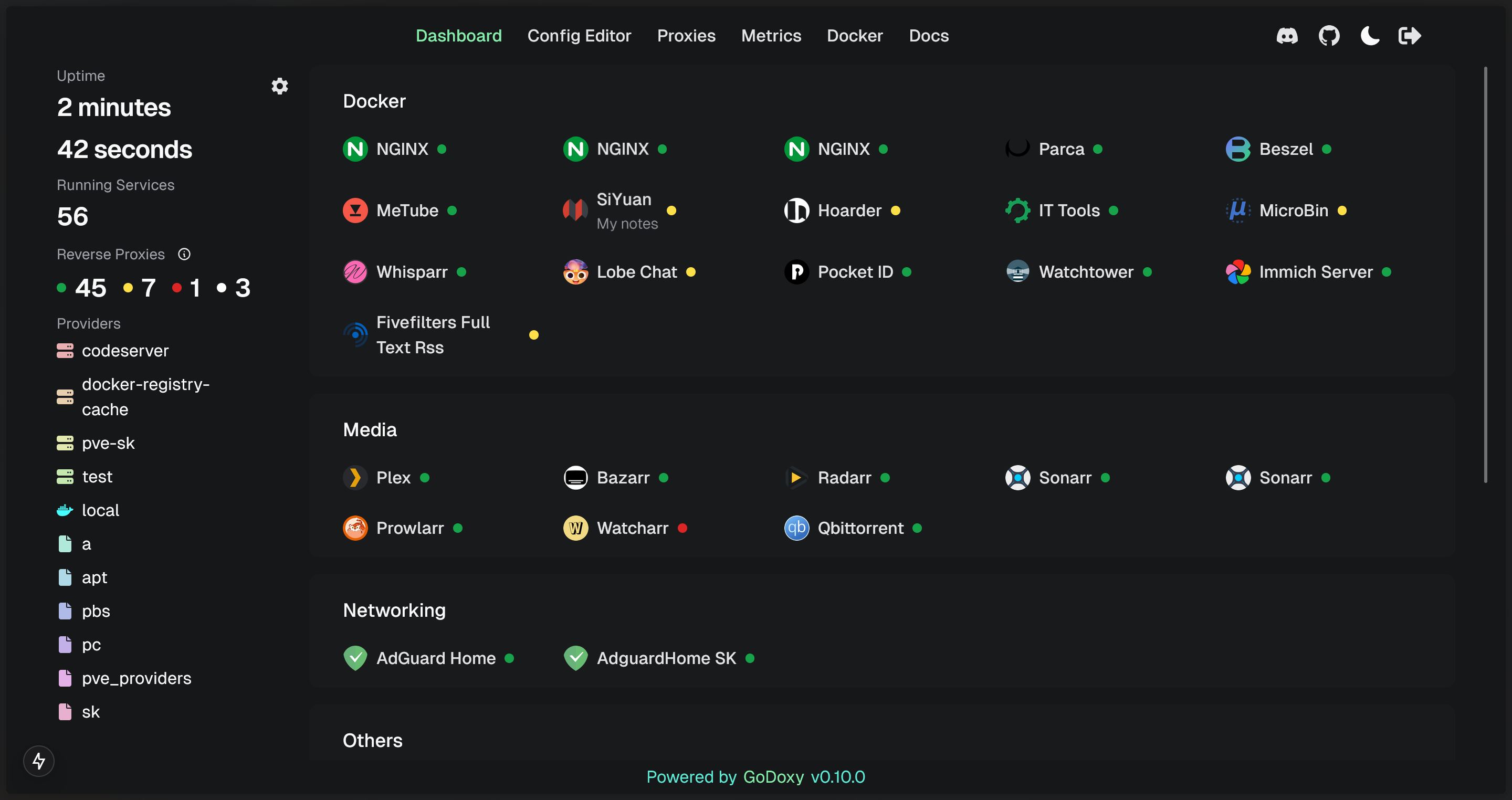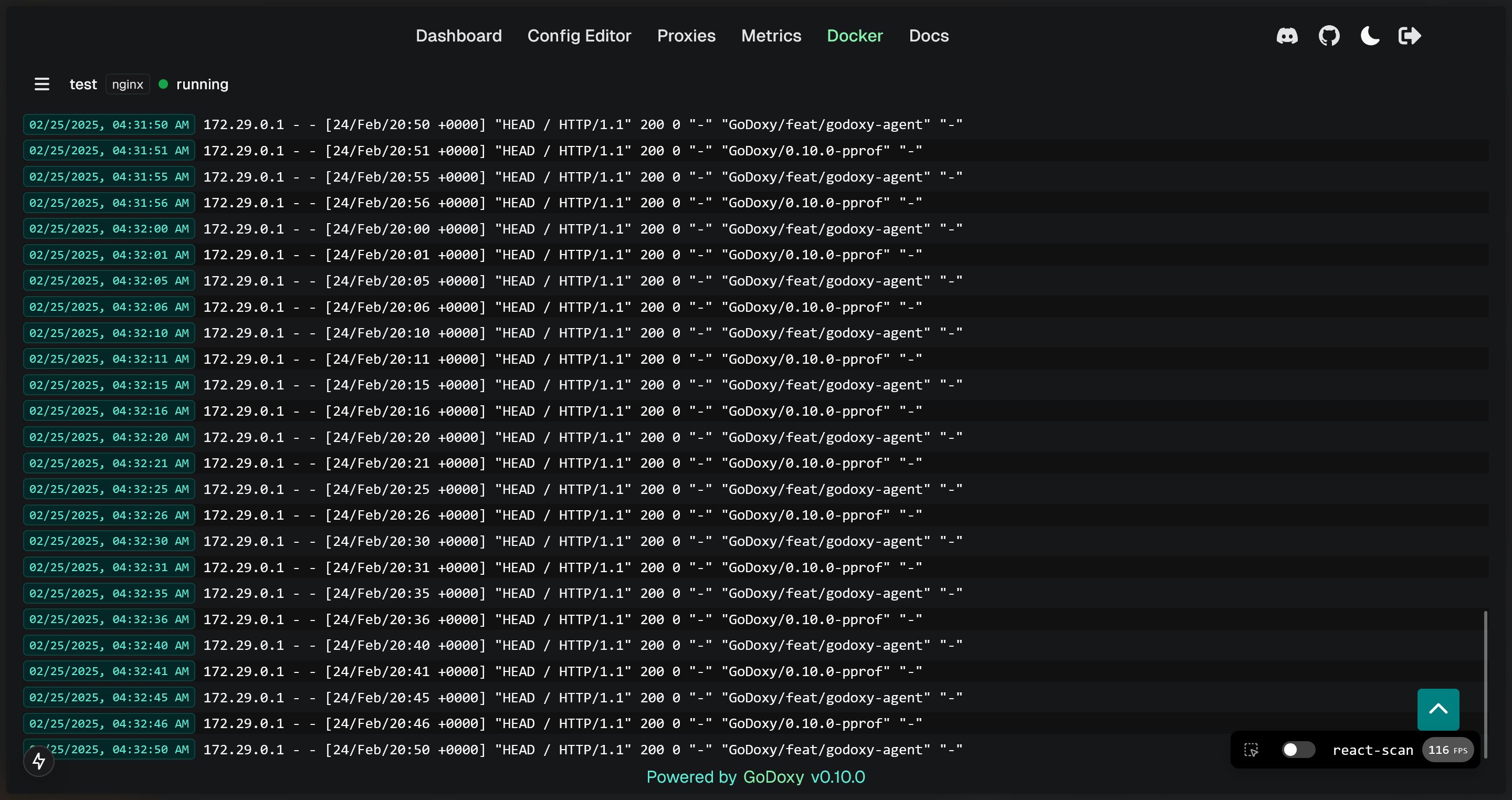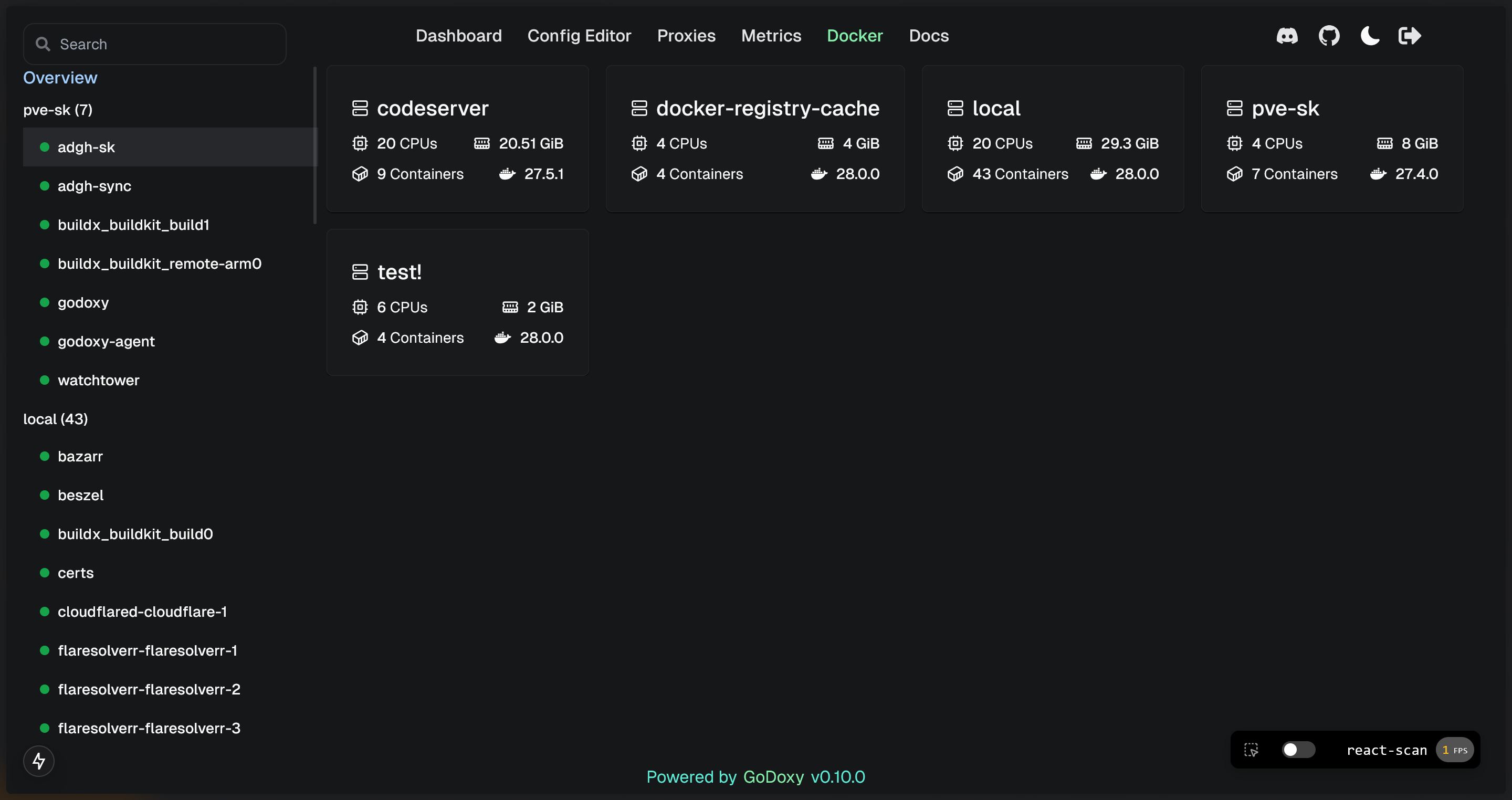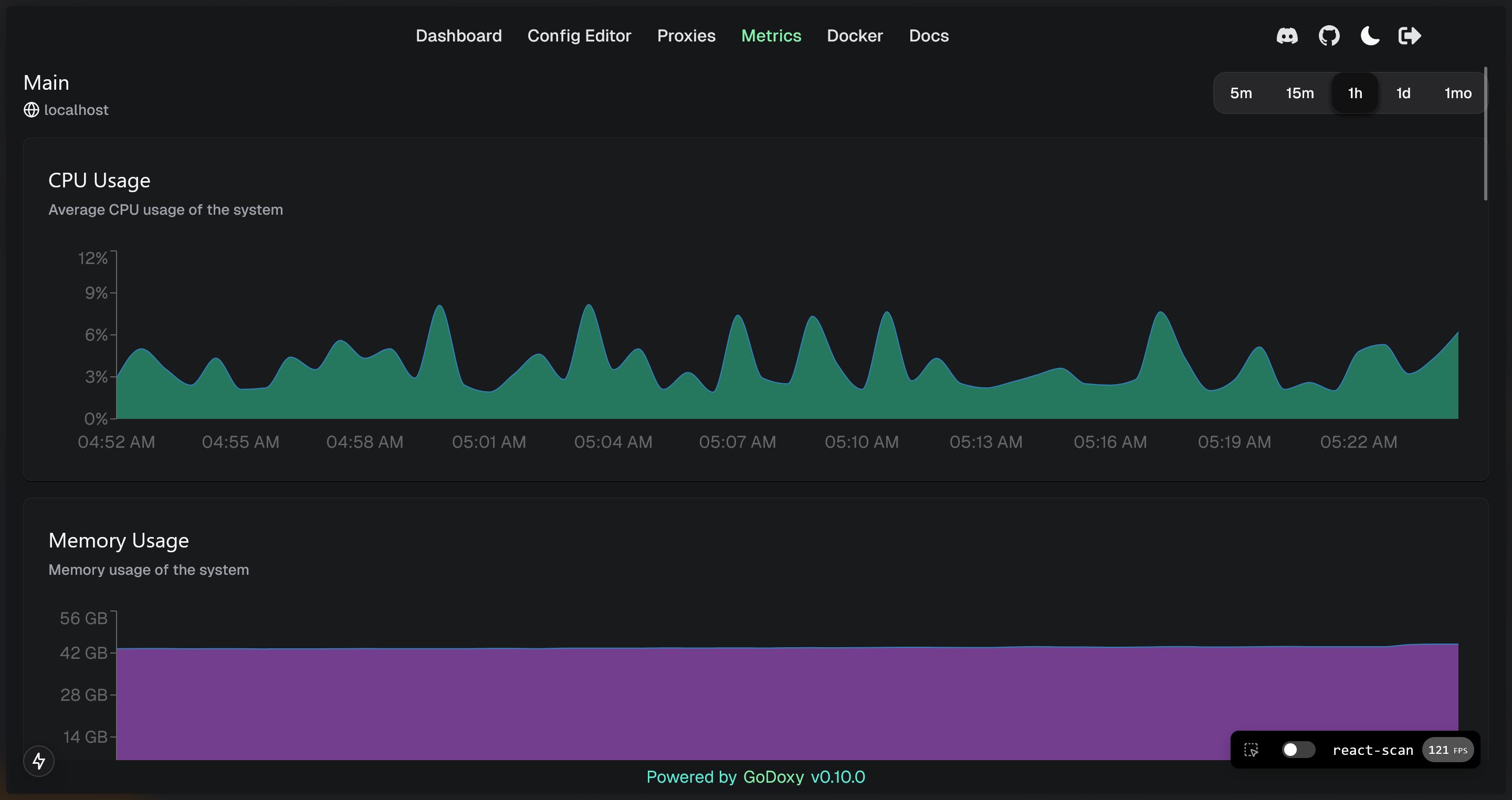# GoDoxy
[](https://sonarcloud.io/summary/new_code?id=yusing_godoxy)

[](https://sonarcloud.io/summary/new_code?id=yusing_godoxy)
[](https://discord.gg/umReR62nRd)
A lightweight, simple, and [performant](https://github.com/yusing/godoxy/wiki/Benchmarks) reverse proxy with WebUI.
For full documentation, check out **[Wiki](https://github.com/yusing/godoxy/wiki)**
**EN** |
中文







